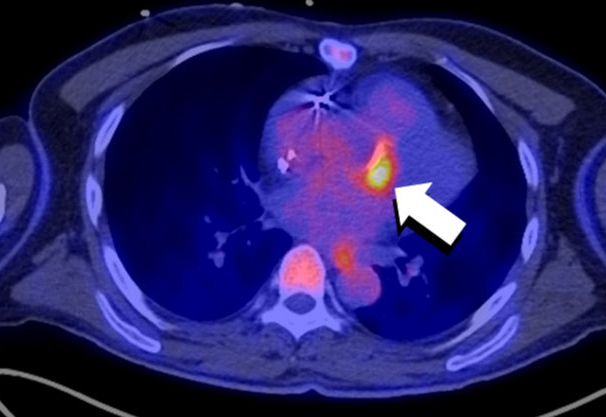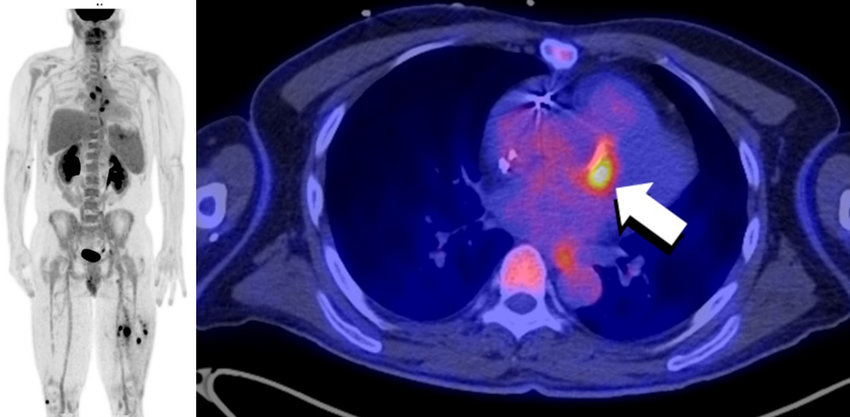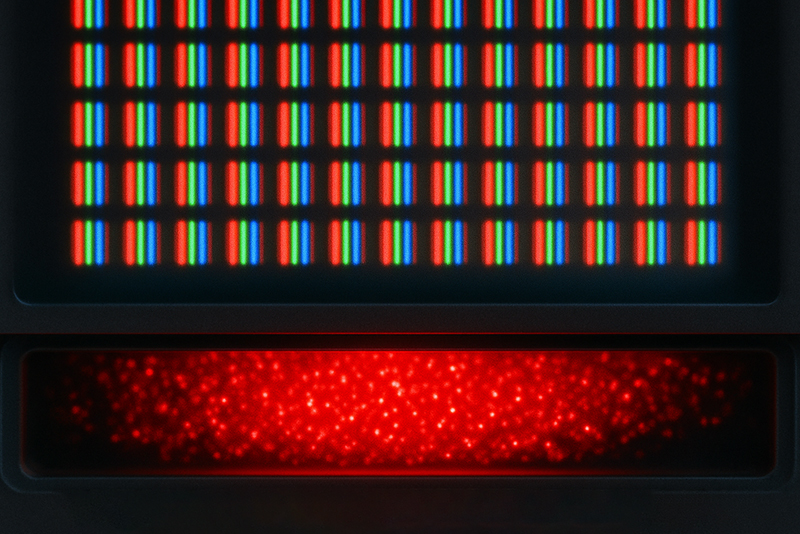
With the use of contrast agents in imaging technology, the development of this technology in the medical field has been promoted. Contrast agents can improve the image quality and accuracy of imaging techniques, and are of great help in the diagnosis and treatment of diseases. Gadolinium oxide (Gd2O3) nanoparticles are one promising contrast agent that is becoming an efficient and versatile option for biomedical imaging.
Common methods for synthesizing Gd2O3 nanoparticles include sol-gel method, hydrothermal method and co-precipitation method. The sol-gel method uses a precursor solution that undergoes multiple chemical reactions to form the final product. Hydrothermal synthesis involves heating and pressurizing a solution containing Gd2O3 precursors to form nanoparticles. Co-precipitation involves the simultaneous precipitation of Gd2O3 precursors from solution, followed by calcination to form the final nanoparticles.
Gd2O3 nanoparticles possess unique properties that make them highly attractive for biomedical imaging applications. They have a high atomic number and magnetic moment, which makes them an ideal contrast agent for magnetic resonance imaging (MRI). In addition, they have a high X-ray attenuation coefficient, making them efficient for use as a contrast agent in computed tomography (CT) imaging. Studies have shown that Gd2O3 nanoparticles do not elicit any significant toxicity or adverse reactions in the human body. In addition, they have a low clearance rate and accumulate in the target area, resulting in prolonged imaging contrast.
Gd2O3 nanoparticles are mainly used in PET imaging. PET imaging relies on the detection of gamma rays produced by positrons emitted by administered tracers. Using Gd2O3 nanoparticles with a high atomic number as a tracer increases sensitivity and thus improves image quality.

Figure 1. Martineau, Patrick & Grégoire, Jean & Harel, Francois & Pelletier-Galarneau, Matthieu. (2021). Assessing cardiovascular infection and inflammation with FDG-PET. American Journal of Nuclear Medicine and Molecular Imaging. 11. 46-58.
In addition to PET imaging, Gd2O3 nanoparticles have shown potential for use in other types of biomedical imaging. One of the most common applications of Gd2O3 nanoparticles is in magnetic resonance imaging (MRI). Due to their high magnetic moment, Gd2O3 nanoparticles produce strong contrast in MRI images, making them ideal for detecting and imaging soft tissues. In one study, Gd2O3 nanoparticles were used as a contrast agent to improve the visibility of liver tumors in MRI scans.
Read more: Rare-earth Nanoparticles in Magnetic Resonance Imaging
Researchers have studied the potential use of Gd2O3 nanoparticles as a contrast agent in computed tomography (CT) imaging. CT imaging utilizes X-ray technology to create detailed and informative images of the body's internal structures. Due to the high atomic number and X-ray attenuation coefficient of Gd2O3 nanoparticles, they have been found to be highly effective in CT imaging. This is because they are capable of significantly enhancing image contrast and resolution. A particular study involved the administration of Gd2O3 nanoparticles as a contrast agent to improve the quality of CT scans focused on the lungs.
Read more: Rare-earth Elements in Computed Tomography
One of the advantages of using Gd2O3 nanoparticles as contrast agents in biomedical imaging is their high biocompatibility. Gd2O3 is a relatively inert material that does not interact easily with biological tissue and is unlikely to cause harmful reactions. In addition, Gd2O3 nanoparticles degrade slowly in the body, which means they stay in circulation for longer periods of time, extending imaging contrast.
However, an important limitation of Gd2O3 nanoparticles is their high cost, which limits their widespread use in clinical applications.
Traditional contrast agents, such as iodine and iron oxide nanoparticles, have significant drawbacks. That is, iodine-based contrast agents can cause adverse reactions; iron oxide nanoparticles have limited use due to their low magnetic moment. Gd2O3 nanoparticles can avoid these problems. On the other hand, Gd2O3 nanoparticles have good biocompatibility, high contrast efficiency, and versatility in different imaging techniques, making them ideal for biomedical imaging applications.
Gd2O3 nanoparticles are a highly promising contrast agent in biomedical imaging. While there are still some limitations to their use, such as their high cost and the need for further research on their long-term safety, the advantages of Gd2O3 nanoparticles in comparison to other contrast agents make them a highly attractive option for biomedical imaging applications. Further research is needed to fully explore their potential future applications and ensure their safe use.
For more information about rare earth materials, please visit our homepage.
Eric Loewen
Eric Loewen graduated from the University of Illinois studying applied chemistry. His educational background gives him a broad base from which to approach many topics. He has been working with topics about advanced materials for over 5 years at Stanford Materials Corporation (SMC). His main purpose in writing these articles is to provide a free, yet quality resource for readers. He welcomes feedback on typos, errors, or differences in opinion that readers come across.

 Inquiry List
Inquiry List


